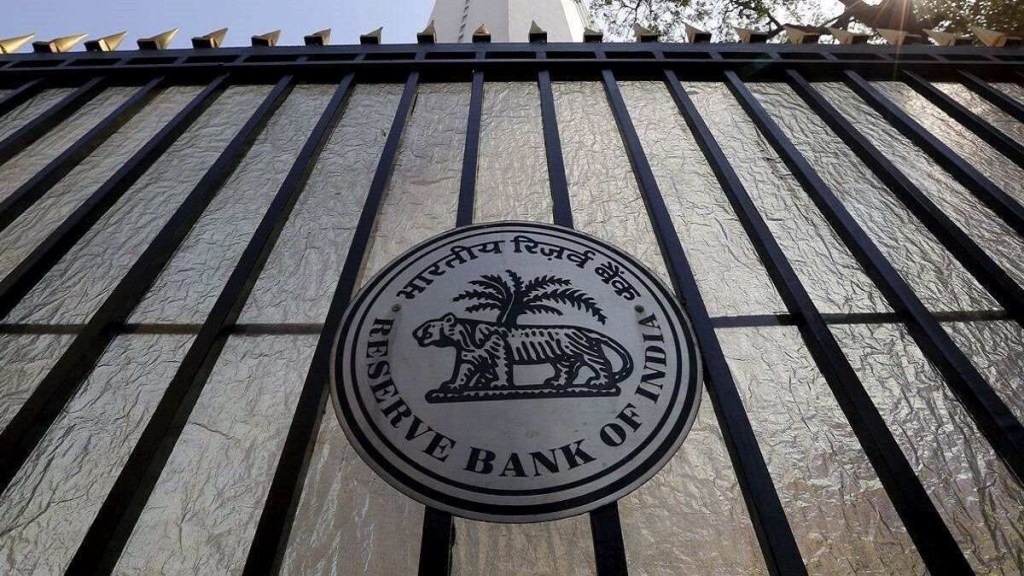– By Gaura Sen Gupta
The Economic Survey triggered a debate on whether monetary policy should target headline inflation or focus on core inflation. The debate comes after persistent divergence between core inflation and food inflation. Food inflation pressures have been persistent due to successive supply-side shocks, spread across vegetables, pulse and cereals. A large part of the inflation pressures is concentrated in the highly volatile vegetable categories. If we exclude vegetables from headline CPI inflation, then the average for FY24 would be 4.8% v/s overall headline inflation of 5.4%. In FYTD25 (Apr-Jul), this divergence is even more pronounced with inflation excluding vegetables averaging at 3.5% v/s overall inflation at 4.6%.
This raises the question, is the focus on headline inflation, making monetary policy too restrictive. The MPC members addressed this debate in detail in the latest RBI policy minutes. Stating that monetary policy must not overlook food inflation pressures, given its large weight in the consumption basket and risk of un-anchoring inflation expectation. We agree with this assessment given the close relationship between food inflation and household inflation expectation. Persistent food inflation pressures could increase household inflation expectations, triggering a wage-price spiral.
That said, RBI’s assessment on upside risk to inflation may be too pessimistic. The focus in the August policy minutes was on risk of generalization of price pressures. Or simply put potential rise in core inflation due to rise in household inflation expectation. The good news is that despite persistent food inflation pressures, core inflation slowed to historical lows. Even more encouraging, the slowdown in core inflation was broad-based, spread-over goods and services. This indicates that there has been no spillover of inflation pressures to core inflation.
Core inflation pressures have remained muted due to two factors – slack in the economy and rising margins of producers last year. The subdued core inflation has coexisted with strong GDP growth averaging above 8%. Low core inflation indicates lack of demand-pull inflation pressures, with actual growth tracking below potential growth. This is also confirmed by reduction in current account deficit to 0.7% of GDP in FY24. Current account deficit is essentially the gap between imports and exports. If the economy was growing above potential, then there would be a widening in deficit with rise in imports.
Another factor which has kept core inflation pressures under control is widening margins of corporates in FY24, due to decline in input cost pressures. This supported GDP growth and allowed producers to absorb some of the increase in prices in FYTD25. However, listed companies results in Q1FY25, indicate rising margin pressures as input cost rise. PMI surveys for both services and manufacturing indicate that producers are passing-on rising input costs to consumers. A gradual rise is expected in core inflation in the remainder of FY25. However, compared to last year, core inflation pressures are expected to remain lower. Hence, despite persistent food inflation pressure, core inflation is expected to remain contained.
Another factor to keep in mind is that the CPI is due for base-year revision. The current 2012 base-year gives 45.9% weight to food and beverages. The FY23 consumption surveys indicate reduction in weight of food with rise in per-capita income. We estimate the FY23 base-year CPI, the weight of food and beverage would be 4% lower. This would imply marginally lower inflation in the current scenario of high food inflation and low core inflation. This highlights that even if inflation is expected to average slightly higher than 4.0%, it shouldn’t be seen as a factor to prevent rate cuts. The RBI estimates CPI inflation to average at 4.5% in FY25 and 4.4% in Q1FY26. This implies that inflation on an average remains close to the 4.0% target.
The good news is that food inflation pressures have begun to ease in August 2024 with retail prices of vegetables, pluses and cereals tracking lower on a Month-on-Month basis. Monsoon distribution has been normal with 50% of the country receiving normal rainfall. More than 90% of the kharif sowing is complete. Reservoir levels are tracking higher than 10-year average, which is supportive of the Rabi crop. Post the monsoon season, there will be clarity on food inflation outlook. Expected moderation in food inflation and subdued core inflation, provide policy space for RBI to cut interest rates in Q4 2024 (October or December meeting).
(Gaura Sen Gupta is the Chief Economist at IDFC FIRST Bank.)
(Disclaimer: Views expressed are personal and do not reflect the official position or policy of Financial Express Online. Reproducing this content without permission is prohibited.)

